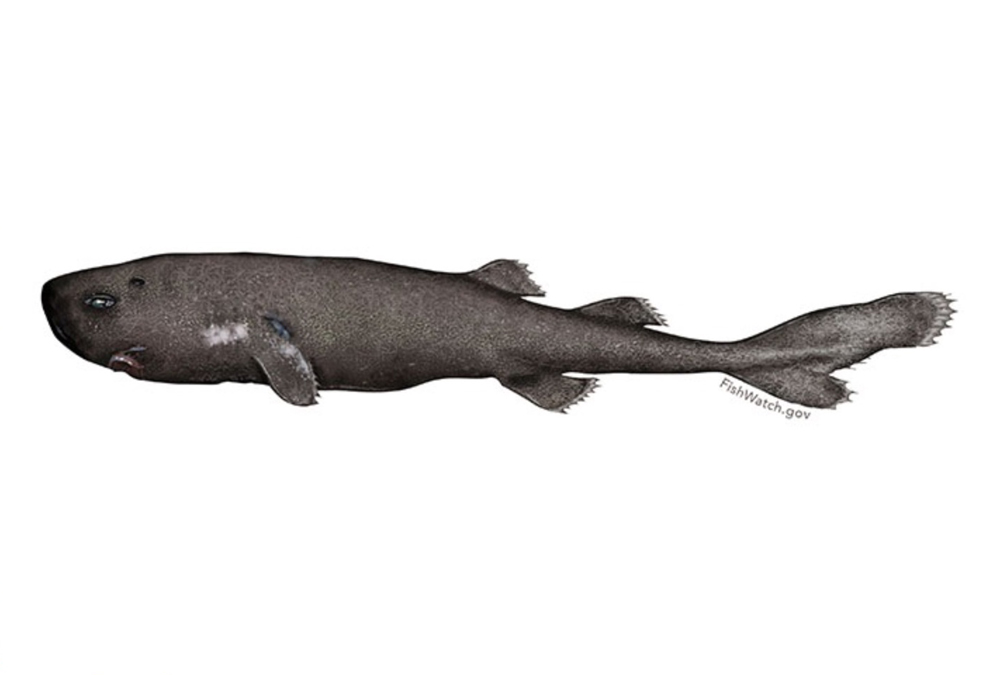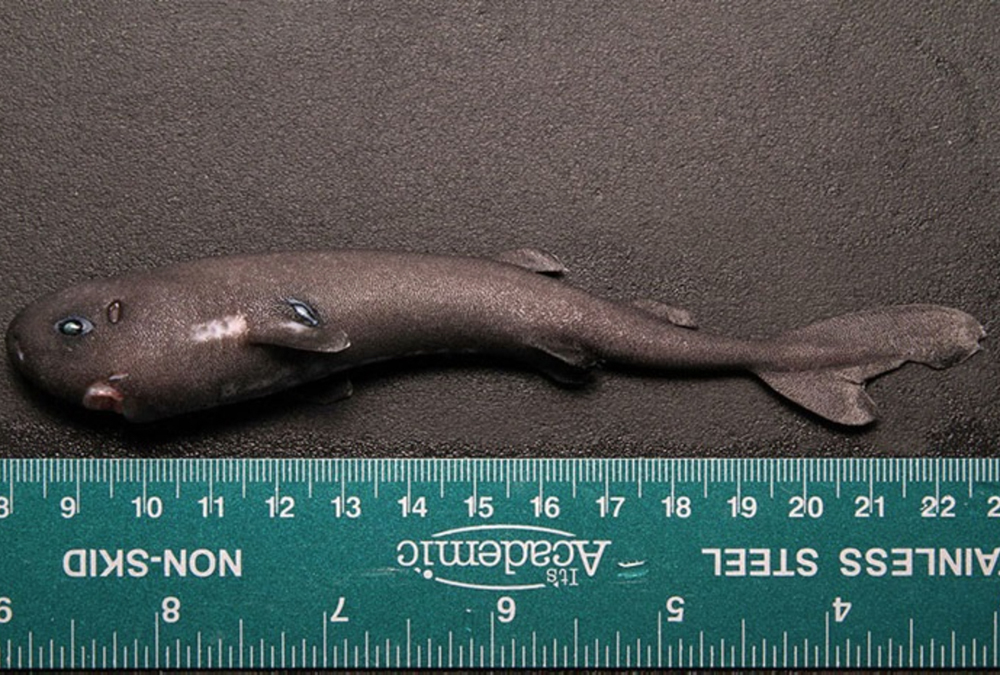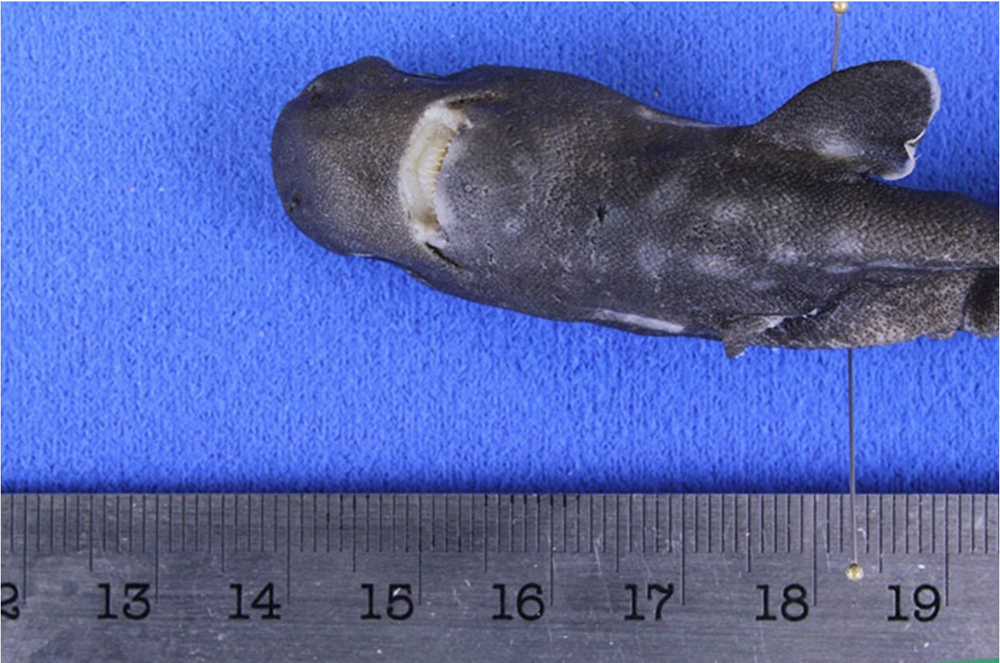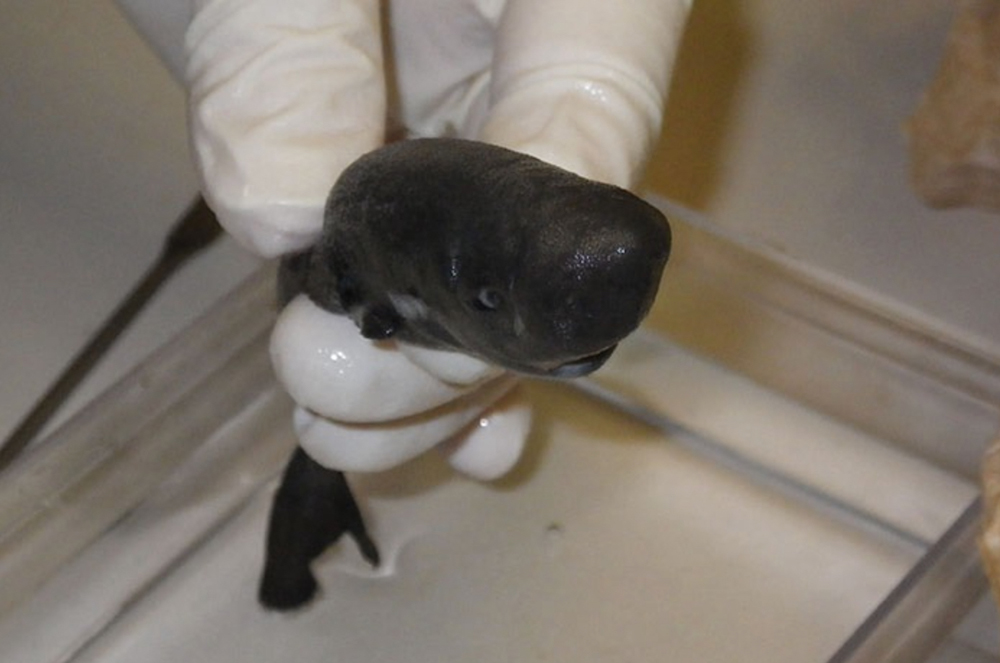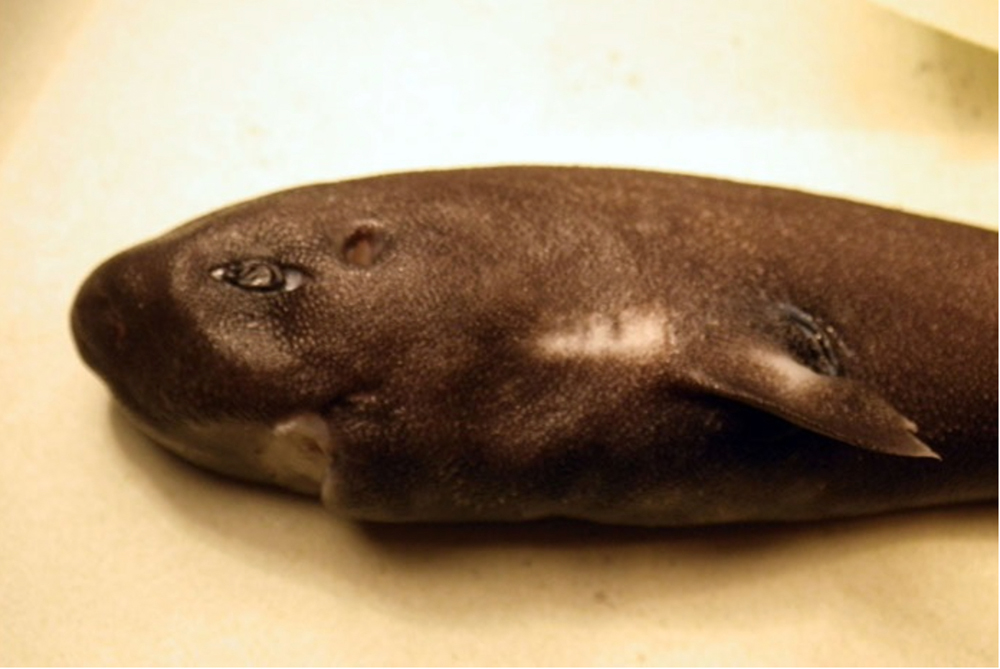In Photos: Rare Pocket Shark Discovered
Scientists have identified a pocket shark that was collected from the Gulf of Mexico, only the second specimen in this genus ever reported, they say. Here are images of the teensy shark. [Read the full story on the Gulf pocket shark]
Little guy
Scientists with the National Oceanic and Atmospheric Administration collected the pocket shark specimen in 2010 in the Gulf of Mexico offshore Louisiana. They pulled it up from the deep sea, though it was dead when they went to sort it from the rest of the catch. (Credit: Fishwatch.gov)
Mysterious orifice
The Gulf pocket shark sported a pocket gland with a slit-like opening just above the pectoral fin. Scientists aren't sure the function of this gland, though they've suggested perhaps it secretes pheromones for mate attraction or it releases a luminous fluid that could be used to attract mates or prey, or even to elude predators. (Credit J. Wicker, NOAA/NMFS/SEFSC/Miami Laboratory)
Shark measures
Here scientists are measuring the pocket shark specimen from the Gulf of Mexico. (Credit: M. Doosey/Tulane University)
Get the world’s most fascinating discoveries delivered straight to your inbox.
Shark stats
The shark is teensy, measuring some 5 inches (13 centimeters) long and weighing a mere half ounce (14.6 grams), the researchers reported online April 22 in the journal Zootaxa. (Credit: M. Doosey/Tulane University)
Rare find
Mark Grace, of NOAA Fisheries' Pascagoula, Mississippi, Laboratory, said the reason this is only the second specimen of a pocket shark known has to do with both the shark's rarity and that it is difficult to catch in the deep sea with the typical survey gear. He added, in an email to Live Science: "We have an interest to expand our knowledge of this shark and other associated fauna and will take advantage of any opportunities to further our research." (Credit: M. Grace/NOAA/NMFS/SEFSC/Mississippi Laboratories)
Follow Live Science @livescience, Facebook & Google+.
Jeanna Bryner is managing editor of Scientific American. Previously she was editor in chief of Live Science and, prior to that, an editor at Scholastic's Science World magazine. Bryner has an English degree from Salisbury University, a master's degree in biogeochemistry and environmental sciences from the University of Maryland and a graduate science journalism degree from New York University. She has worked as a biologist in Florida, where she monitored wetlands and did field surveys for endangered species, including the gorgeous Florida Scrub Jay. She also received an ocean sciences journalism fellowship from the Woods Hole Oceanographic Institution. She is a firm believer that science is for everyone and that just about everything can be viewed through the lens of science.


